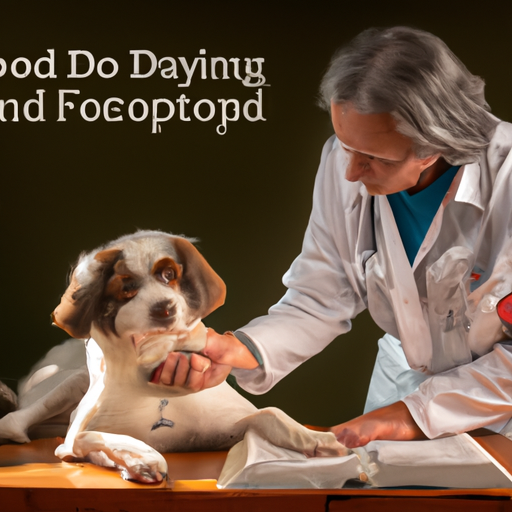Pyoderma is a skin infection that’s common in dogs. It can cause discomfort and distress, but with the right treatment, you can help your furry friend get back to his/her happy, healthy self. This guide will help you understand the condition better and guide you on how to treat pyoderma in dogs.
What is Pyoderma?
Pyoderma is a bacterial infection that affects the skin of dogs. It’s characterized by pustules, redness, itching, and sometimes hair loss. It can occur in any breed or age of dog, but is more common in dogs with compromised immune systems.
There are three types of pyoderma:
- Surface Pyoderma: Affects the skin surface, causing redness and scales.
- Superficial Pyoderma: Involves the upper layer of the skin, causing pustules and hair loss.
- Deep Pyoderma: Affects deeper layers of the skin, causing ulcers and abscesses.
Recognizing the Symptoms
Your dog can’t tell you when he/she is feeling unwell, but there are signs that you can look out for. These include:
- Redness and inflammation
- Pustules or blisters
- Itching and scratching
- Hair loss
- Ulcers and abscesses (in severe cases)
If you notice any of these symptoms, it’s important to take your dog to the vet as soon as possible.
Treating Pyoderma in Dogs
Treatment for pyoderma involves two main approaches: addressing the infection itself and managing any underlying conditions that may have contributed to the infection.
Here’s a table summarizing the common treatments:
| Treatment | Description |
|---|---|
| Antibiotics | Given orally or topically to treat the bacterial infection. |
| Medicated Shampoos | Help to soothe the skin and reduce inflammation. |
| Immune Modulators | Used to boost the dog’s immune system if it’s compromised. |
| Addressing Underlying Conditions | Such as allergies or hormonal imbalances which may have contributed to the infection. |
Preventing Pyoderma in Dogs
Prevention is always better than cure. Here are some steps you can take to help prevent pyoderma in your dog:
- Regular grooming, including brushing and bathing, can help to keep your dog’s skin clean and healthy.
- Ensuring your dog has a healthy diet and regular exercise can boost their immune system.
- Regular vet check-ups can help to catch any potential issues early.
FAQs
Q: Are certain breeds more susceptible to pyoderma?
A: Yes, certain breeds such as Bulldogs and German Shepherds are more prone to skin conditions, including pyoderma.
Q: Can pyoderma be prevented?
A: While it’s not always possible to prevent, regular grooming and a healthy lifestyle can reduce the chances of your dog developing pyoderma.
Q: Can humans catch pyoderma from dogs?
A: Pyoderma is not typically transmissible to humans. However, always wash your hands after handling an infected dog.
Q: How long does it take for pyoderma to clear up?
A: With proper treatment, pyoderma can clear up within 3-4 weeks. However, severe cases may take longer.
Q: Should I stop petting my dog if he/she has pyoderma?
A: You can still pet your dog but avoid the infected areas and always wash your hands afterwards.
Remember, when it comes to your dog’s health, you’re their best advocate. Keep an eye out for signs of discomfort and always consult a vet if you’re concerned. With the right care, your dog can recover from pyoderma and get back to enjoying life.



